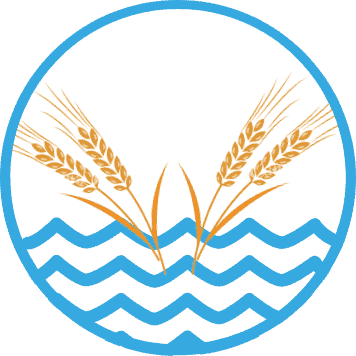How much Barley Straw should I put in my Pond?
There are a couple of different ways that people figure out how much barley to put in their ponds.
One is by water volume and the other is by surface area.
Many suggest 1lb of barley straw per 1000 gallons or 150 lbs per surface acre.
Ponds are a bit tricky to calculate water volume for since they aren’t a square sided box, but here is how I would figure it.
Let’s use a sample pond that is 200’x150’x5’deep.
Pond volume = length x width x average depth
So 200 x 150 x 3 (I’m using three feet because I assume it is not 5′ deep everywhere) = 90,000 cubic feet
Covert to gallons = cubic feet x 7.48
So 90,000 x 7.48 = 673,200 gallons (this is still too high since the pond is probably not rectangular)
Now you know the gallons in your pond, but this method would suggest a whole lot of barley. With a smaller pond where you are circulating the water, using total gallons will work, but on a larger pond, you aren’t trying to treat all the water since much of it is lower in the pond and not growing algae.
None of it is an exact science since we are dealing with many different variables that are different for each pond. Light penetration, water source, run-off, water quality, pond depth, pond bottom, aquatic plants and aeration will all affect water quality.
All of this makes it impossible to figure this out exactly, but with mother nature, things are never exact.
Surface area is probably a more accurate way to figure it out for larger ponds.
To find the surface area: Average Length x Average width / 43,560 (1 Acre)
So 200 x 150 = 30,000 / 43,560 = .69
So the sample pond is .69 acre.
Many people say you should add a minimum of 150lbs of barley straw per surface acre.
This would mean that they would suggest 94 lbs.
94 lbs x 16 = 1504 oz
1504 oz / 70 oz (our largest bag) = 21 bags
As with any natural water treatment, more is always better, but some is better than none.
I always suggest that a pond owner buy what they feel comfortable putting into their pond and see if it makes the difference they are looking for. If they want more, they can always add more at a later date.
I also always recommend bacterial treatment, aeration, aquatic plants and patience when trying to balance a large natural pond.
Thanks for your interest.
Doug Hurth
414-315-8886

